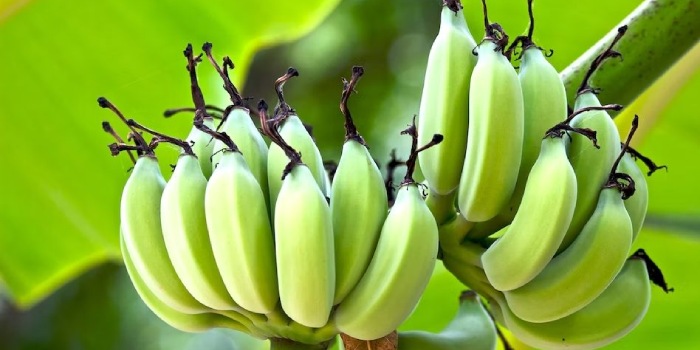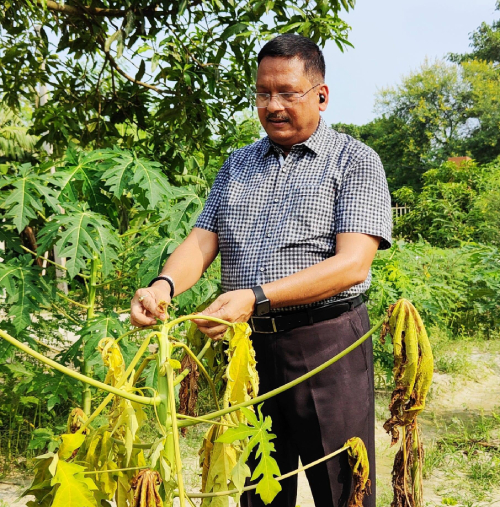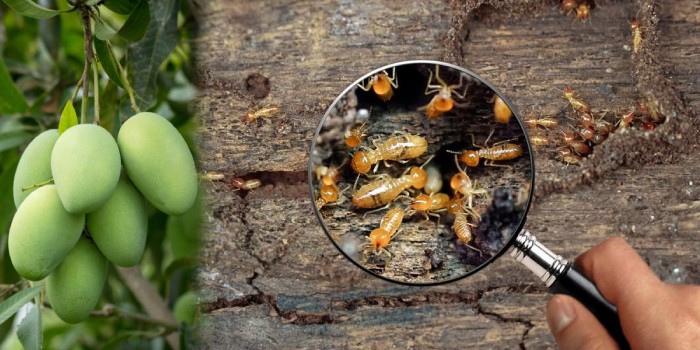Improved Seed Production Technology in Mustard
Dr. Koteshi Lamani*, Dr. V.P. Singh and Himanshu Shekhar Singh
Krishi Vigyan Kendra, Barasin, Sultanpur- Acharya Narendra Deva University of Agriculture & Technology, Kumarganj, Ayodhya-224 229 (Uttar Pradesh)
Mustard is the main oilseed crop grown in rabi. Its cultivation is done in irrigated and non-irrigated i.e. rainfed areas through protected moisture. Mustard area in India is 7.2 m. hectare which is the first place in the world is on It accounts for 19.2 percent of the total oilseed crops. is % . In terms of productivity, India ranks third after Canada and China, which is 1/2 ton per hectare less than the world average yield. Rajasthan , Uttar Pradesh , Madhya Pradesh in mustard producing states of the country And Haryana is the main place. The states of the western region contribute 29 percent to the total mustard production of the country. 1.4 in gross domestic product (GDP) of oilseed crops % and 7 in agricultural commodities % share. The average yield of mustard is very less i.e. only 7 quintals per hectare. But if advanced techniques of mustard cultivation are adopted, then the average yield can be 18-20 quintals per hectare i.e. about two to two and a half times more .
Climate- Mustard is cultivated in autumn . Its good production requires a temperature of 15 to 25 degree Celsius .
Soil- Although it can be cultivated in all types of soil, but sandy loam soil is most suitable . This crop can tolerate slight alkalinity but the soil should not be acidic .
Precautions in seed production: Progressive farmers can grow mustard seeds in their own fields by taking some precautions. For seed production, such a land should be selected , in which mustard was not cultivated last year. Even the distance of 200 to 300 meters around the field should not have mustard crop. Major agricultural activities for mustard cultivation , crop protection , removal of undesirable plants and harvesting should be done at the right time. At the time of harvesting, leaving 10 meters area from all sides of the field, the seed stalks should be cut and dried separately and the grain should be cleaned and graded. The moisture in the grain should not be more than 8-9 percent. Seeds should be treated with insecticides and fungicides and stored in iron drums or good quality gunny bags and stored at a safe place. Farmers can use such seeds for sowing next year.
Field preparation- Mustard requires loose soil . For this, a deep plowing should be done after Kharif harvesting and after that plowing 3-4 times with local plow is beneficial . To conserve moisture, we should apply mulching. If there is more infestation of termites , pistils and other insects in the field, then at the time of last plowing , Kunalphos 1.5 percent powder should be mixed in the field at the rate of 25 kg per hectare . Also , to increase production , mix 2 to 3 kg of Azotobacter and 50 kg of PSB culture in well-rotted cow dung manure or vermiculture and mix it in the soil before the last ploughing .
Mustard sowing time:- The suitable temperature for mustard sowing is 25 to 26 degree Celsius . Mustard should be sown in rainfed from 05 October to 25 October . Mustard should be sown in rows . Row to row distance of 45 cm. And the distance of plants from plants is 20 cm. Should be kept Seeddrill machine should be used for this . Seed depth is 5 cm in irrigated area. is kept till In the irrigated areas, sowing of the crop should be done by giving pelwa.
Seed rate:- 4 to 5 kg in dry area and 3-4 kg in irrigated area for sowing . Gram seed per hectare remains sufficient .
Seed treatment:-
1. To prevent root rot disease, either one of the fungicide Carbendazim or Vitavax Power before sowing the seeds. to 3 Treat at the rate of gram medicine per kg seed .
2. Imidacloprid 17.8 for insect protection S.L. Treat the drug at the rate of 10 ml per kg of seed .
3. After insecticide treatment, sow the seed after treating it with 5 grams of both Azotobacter and Phosphorous Soluble Bacteria Fertilizer per kg.
Improved Mustard Varieties - You do not need to buy seeds every year because the seeds are very expensive , so if the seed you sowed last year had a good production or the production of any of your farmer's friends, you can clean and grade that seed. Separating the disease free and coarse grains from it and sowing them after seed treatment will give good results , but the farmer brothers who do not have such seeds can sow the seeds of these varieties .
Description of mustard/mustard varieties grown under different conditions in Eastern Uttar Pradesh
crop/species |
Seed rate (kg/ha) |
Fertilizer (Na:F:Fo:) |
Time of sowing |
Yield (q/ha) |
oil content (per cent) |
Rye |
|||||
Varuna |
5 |
120:40:40(irrigated) |
first fortnight of october |
20-25 |
43 |
Revolution |
, |
, |
, |
22-28 |
40 |
Dark woman |
, |
, |
, |
, |
40 |
Rohini |
, |
, |
, |
, |
43 |
gift |
, |
, |
, |
25-28 |
40 |
Narendra Rai(NDR 8501) |
, |
, |
, |
25-30 |
40 |
glory |
, |
, |
, |
15-20 |
38 |
Urvashi |
, |
, |
, |
20-25 |
40 |
Vasanti(yellow mustard) |
, |
, |
, |
25-30 |
42 |
Narendra Swarna Rai-8 |
, |
, |
, |
25-28 |
45 |
Narendra Agoti Rai-4 |
|
80:40:40 |
, |
15-20 |
40 |
Blessings |
, |
, |
month of november |
20-22 |
70 |
Spell |
, |
, |
, |
22-25 |
40 |
yellow mustard |
|||||
Pitambari |
5 |
50:30:30 |
first fortnight of october |
18-20 |
46 |
Narendra Mustard-2 |
, |
, |
, |
18-20 |
45 |
Pant yellow mustard - 1 |
, |
, |
, |
10-13 |
45 |
Other major varieties
1. RH 30 : - Suitable for cultivation with wheat , gram and barley in both irrigated and non-irrigated conditions .
2. T 59 ( Varuna ):- Its yield is 15 to 18 hectare in unirrigated area . The amount of oil in it is 36 percent .
3. Pusa Bold:- This variety has been found suitable for late sowing ( from 25 October to 15 November) .
4. Aravali (RN 393 ):- white rust The variety is moderately resistant to disease .
5. NRC HB 101: - It is an advanced variety developed from Bharatpur. Its production has been excellent . Very useful variety for irrigated area . Up to 20-22 quintal production per hectare has been recorded .
6 . NRC DR 2:- Its production is relatively good. Its production has been recorded up to 22–26 quintals per hectare .
7 . RH -749:- Its production has been recorded up to 24-26 quintals per hectare.







